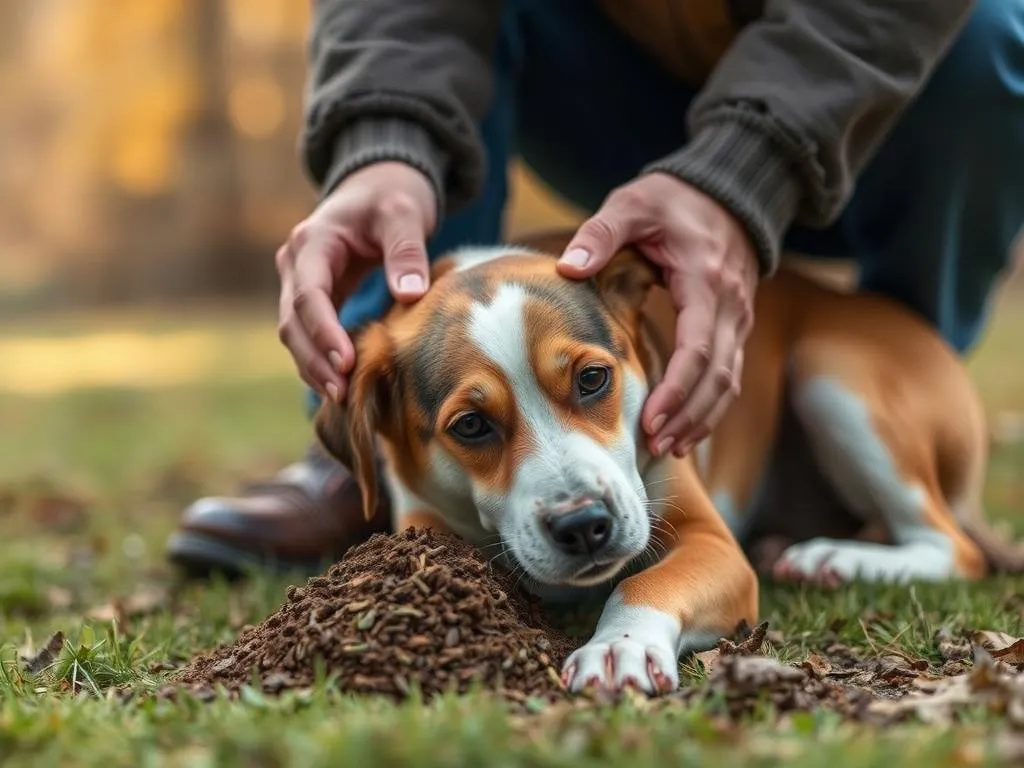
Introduction
Maintaining your dog’s bowel health is essential for their overall well-being. Just like humans, dogs can experience digestive issues that may lead to discomfort or irregular bowel movements. One effective way to alleviate these issues is through massage, which can aid in digestion and promote bowel movements. In this guide, we will explore how to massage a dog to poop, offering techniques that can help your furry friend feel better and relieve constipation.
Understanding Your Dog’s Digestive System
The Basics of Canine Digestion
The canine digestive system is designed to process food efficiently. It starts with the mouth, where food is broken down, and continues through the esophagus, stomach, small intestine, and large intestine. Dogs primarily thrive on protein-based diets, and their digestive tracts are shorter than humans, which allows for quicker processing.
Common digestive issues in dogs include constipation, diarrhea, and bloating. Recognizing these problems early can prevent more severe complications.
Signs of Digestive Distress
As a responsible pet owner, it’s crucial to be aware of the signs indicating your dog might need help with bowel movements. Symptoms to look for include:
- Straining to poop
- Infrequent bowel movements (more than 48 hours)
- Abdominal discomfort or bloating
- Loss of appetite
- Lethargy
By recognizing these signs early, you can take proactive steps to help your dog feel comfortable again.
Benefits of Massaging Your Dog
Physical Benefits
Massaging your dog can have numerous physical benefits. It can improve circulation, enhance muscle relaxation, and promote digestion and elimination. When you gently massage your dog’s abdomen, it stimulates the organs involved in the digestive process, helping to encourage bowel movements.
Emotional Benefits
Beyond physical health, massage can foster emotional well-being. It strengthens the bond between owner and pet, providing a sense of security and comfort. Additionally, massage can help reduce anxiety and stress in dogs, making them feel more relaxed during potentially uncomfortable situations like constipation.
Preparation for Massaging Your Dog
Creating a Comfortable Environment
Before you start, find a quiet space with minimal distractions. This will help your dog feel safe and relaxed. Ensure they are lying down comfortably, possibly on a soft surface like a blanket or pet bed, which will enhance the overall experience.
Tools and Techniques
While you don’t require special tools, having a soft towel or mat can provide comfort. Using your hands as the primary tool, focus on gentle and soothing techniques that will relax your dog and facilitate digestion.
Step-by-Step Guide on How to Massage a Dog to Poop
Getting Your Dog in the Right Position
The position your dog is in can greatly influence the effectiveness of the massage. A relaxed dog is ideal for this process. You might want them to lie on their side or back, depending on their comfort level. If your dog is anxious, try to calm them with gentle petting before starting the massage.
Basic Massage Techniques
Gentle Strokes: Begin with gentle strokes along your dog’s back and abdomen. Use the palms of your hands, applying soft pressure. This helps to warm up their muscles and establish a calming rhythm.
Circular Motions: Once your dog is comfortable, move to their belly. Use your fingertips to make small, circular motions. Focus on the area just below their ribcage and above their hips, as this is where the digestive organs are located. Spend a few minutes on this area, as it can stimulate movement in the intestines.
Pressure Points: Identify specific pressure points that can help stimulate digestion. Gently press on the area about two inches below the ribcage, applying mild pressure for several seconds. You can also press on the sides of the abdomen, which may encourage bowel movements.
Timing and Duration
Each massage session should last between 10 to 20 minutes, depending on your dog’s comfort and tolerance. The best times to perform the massage are before walks or after meals, as this can help promote digestion and encourage your dog to poop.
Combining Massage with Other Techniques
Nutrition and Diet
A balanced diet plays a vital role in promoting regular bowel movements. Ensure your dog is receiving high-quality food that is rich in fiber. Foods such as pumpkin, sweet potatoes, and certain fruits can encourage healthy digestion and prevent constipation.
Hydration
Water intake is essential for digestion and bowel health. Ensure your dog has access to fresh water at all times. If your dog is reluctant to drink, consider adding wet food to their diet or encouraging them with flavored water options.
Exercise
Physical activity is also crucial for digestive health. Regular exercise helps stimulate the digestive system, making it easier for your dog to poop. Activities such as walking, running, or playing fetch can enhance the effects of massage techniques and promote regular bowel movements.
When to Seek Professional Help
Recognizing Serious Issues
While massage can be beneficial, there are times when it’s essential to seek professional help. If your dog shows signs of severe digestive distress, such as persistent vomiting, blood in the stool, or prolonged constipation, it’s time to consult a veterinarian. These could be symptoms of underlying health issues that require medical attention.
Veterinary Guidance
If you find that massage does not produce the desired results or if your dog continues to struggle with bowel movements, a vet can provide guidance. They may recommend dietary changes, medications, or specialized treatments to address the issue. Veterinary advice can ensure your dog receives the care they need.
Conclusion
In conclusion, massaging your dog can be a beneficial technique for promoting healthy bowel movements and improving their overall well-being. By understanding the signs of digestive distress and utilizing effective massage techniques, you can help your furry friend feel more comfortable. Remember to combine these techniques with a balanced diet, proper hydration, and regular exercise for optimal digestive health. Always be attentive to your dog’s needs and consult a veterinarian if concerns arise. Your dog’s health and happiness are worth the effort!









